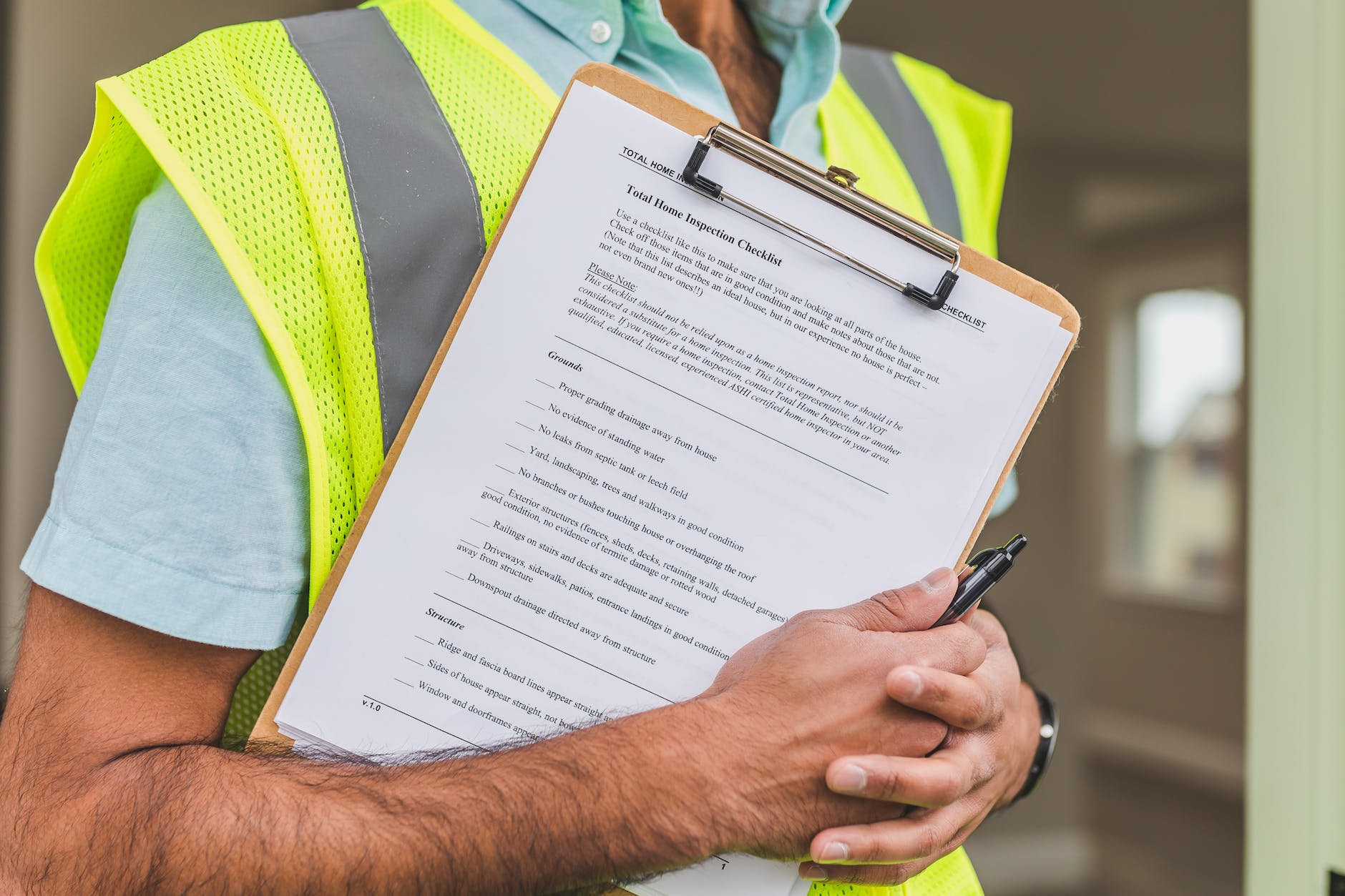
Scaffolding Safety Checklist: Ensuring Construction Site Safety
Scaffolding Safety Checklist : Whether you’re constructing a high-rise building, renovating a historical structure, or simply performing maintenance tasks, scaffolding plays a crucial role in providing a safe and stable platform for workers to carry out their tasks. However, working on scaffolds can also be hazardous if proper safety measures are not in place. To ensure the well-being of workers and the successful completion of projects, it’s essential to adhere to a comprehensive scaffolding safety checklist.
1. Introduction
Scaffolding is a temporary structure that provides a platform for construction workers to perform tasks at heights. It is used in various industries, including construction, maintenance, and repair. However, due to the inherent risks associated with working at heights, it’s crucial to prioritize safety and follow a thorough scaffolding safety checklist.
2. Importance of Scaffolding Safety
The safety of workers should be the top priority on any construction site. Accidents involving scaffolding can result in severe injuries or even fatalities. Therefore, a well-implemented scaffolding safety checklist ensures that proper precautions are taken to prevent accidents and create a secure work environment.
3. Preparing for Scaffold Erection
Site Assessment and Planning
Before erecting scaffolding, a detailed site assessment is essential. Factors such as ground conditions, nearby structures, and potential hazards must be evaluated to determine the appropriate scaffold design and placement.
Choosing the Right Scaffolding Type
Selecting the suitable scaffold type for the specific project is crucial. Different types include supported scaffolds, suspended scaffolds, and aerial lifts. The choice depends on the nature of the work and the accessibility required.
4. Erecting the Scaffold Properly
Foundation and Base Plate Placement
A solid foundation is the starting point of scaffold safety. Base plates should be placed on stable surfaces, and the scaffold’s weight should be evenly distributed to prevent tilting or collapsing.
Securing Vertical Components
Ensuring that vertical components are securely attached is essential. Proper connections and bracing prevent swaying and instability, reducing the risk of accidents.
Platform Assembly
Scaffold platforms should be fully planked and free of debris. Regularly inspect for any defects or damage that could compromise the integrity of the platform.
5. Regular Inspection and Maintenance
Daily Pre-Work Inspection
Before each work shift, a comprehensive inspection of the scaffold is necessary. This includes checking for loose bolts, damaged parts, and ensuring proper bracing.
Weekly and Monthly Checkups
In addition to daily inspections, weekly and monthly checks should be conducted by qualified personnel. These thorough assessments help identify potential issues before they escalate.
6. Fall Protection Measures
Guardrails and Toeboards
Guardrails and toeboards are essential for preventing falls from heights. They should be installed along all open sides and edges of the scaffold to create a protective barrier.
Personal Protective Equipment (PPE)
Workers should wear appropriate PPE, including helmets, harnesses, and non-slip footwear. This additional layer of protection minimizes the risk of injuries in case of accidents.
7. Adverse Weather Conditions
Wind and Rain Considerations
Strong winds and rain can compromise the stability of scaffolds. Work should be postponed in adverse weather conditions to ensure worker safety.
Snow and Ice Removal
During winter months, it’s crucial to remove snow and ice from scaffold platforms and walkways promptly. Accumulated snow adds extra weight and can lead to collapse.
8. Dismantling the Scaffold
Safe Step-by-Step Process
Dismantling scaffolds requires careful planning. It should be done systematically, starting from the top and working downward. Workers should not rush the process to avoid accidents.
9. Training and Education
Proper Usage and Protocols
All workers should receive proper training on scaffold usage, assembly, and safety protocols. Adequate knowledge reduces the likelihood of accidents due to human error.
Emergency Response Training
In the event of an accident, workers should be well-versed in emergency response procedures, including first aid and evacuation plans.
10. Communication on the Site
Clear Signage
Display clear and visible signage indicating scaffold load capacity, restricted areas, and other safety information.
Verbal Communication
Effective communication among workers is vital. Clear verbal instructions and warnings should be communicated to ensure everyone’s safety.
11. Case Studies: Learning from Accidents
Studying past scaffold-related accidents can provide valuable insights into the potential risks and consequences of overlooking safety measures.
12. Legal and Regulatory Compliance
OSHA and Other Standards
Compliance with Occupational Safety and Health Administration (OSHA) regulations and other industry standards is mandatory to ensure a safe working environment.
13. The Future of Scaffold Safety
Advancements in technology, such as smart sensors and digital monitoring systems, hold the promise of enhancing scaffold safety by providing real-time data and early warnings.
14. Conclusion
Prioritizing scaffolding safety is not just a legal requirement but a moral obligation. By adhering to a comprehensive safety checklist, construction companies can protect their workers and ensure successful project completion.
15. FAQs
- Q: What is the most important step in scaffold safety?
- A: Proper foundation and base plate placement is crucial for scaffold stability.
- Q: Why is weekly inspection necessary if daily checks are conducted?
- A: Weekly inspections help identify issues that may develop over time and require more attention.
- Q: Can scaffolds be used during adverse weather conditions?
- A: It is recommended to avoid scaffold usage during strong winds, heavy rain, or snow.
- Q: What role does PPE play in scaffold safety?
- A: Personal Protective Equipment (PPE) provides an extra layer of protection for workers.
- Q: How can technology improve scaffold safety?
- A: Smart sensors and digital monitoring systems can offer real-time data and early warnings to prevent accidents.
























